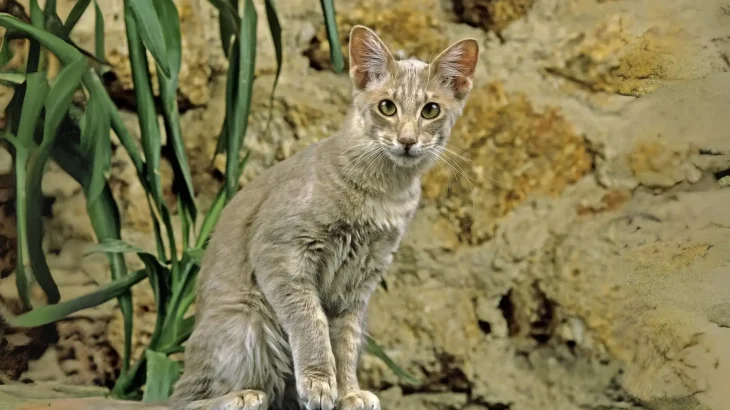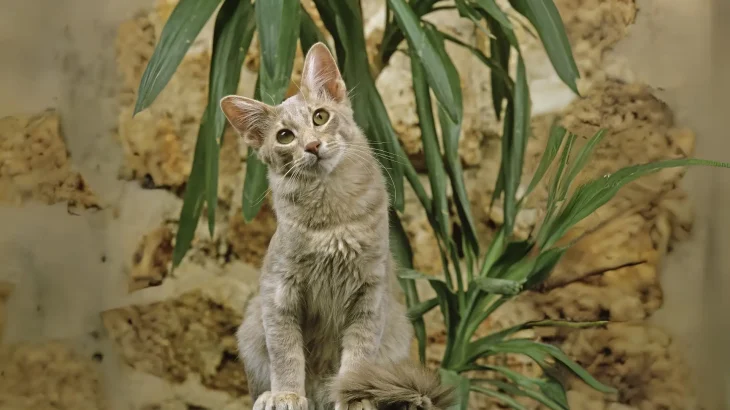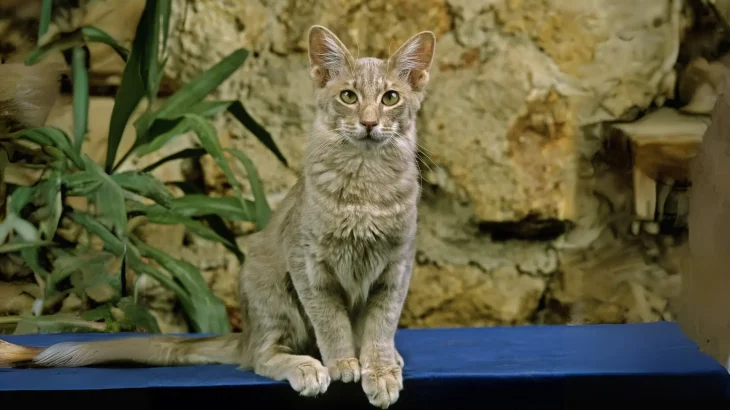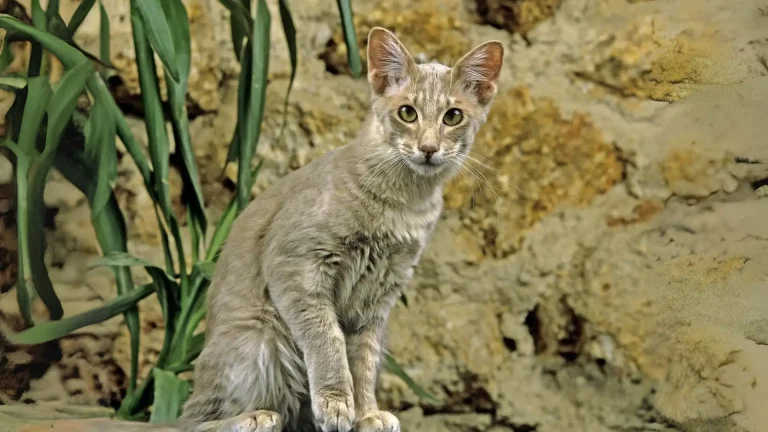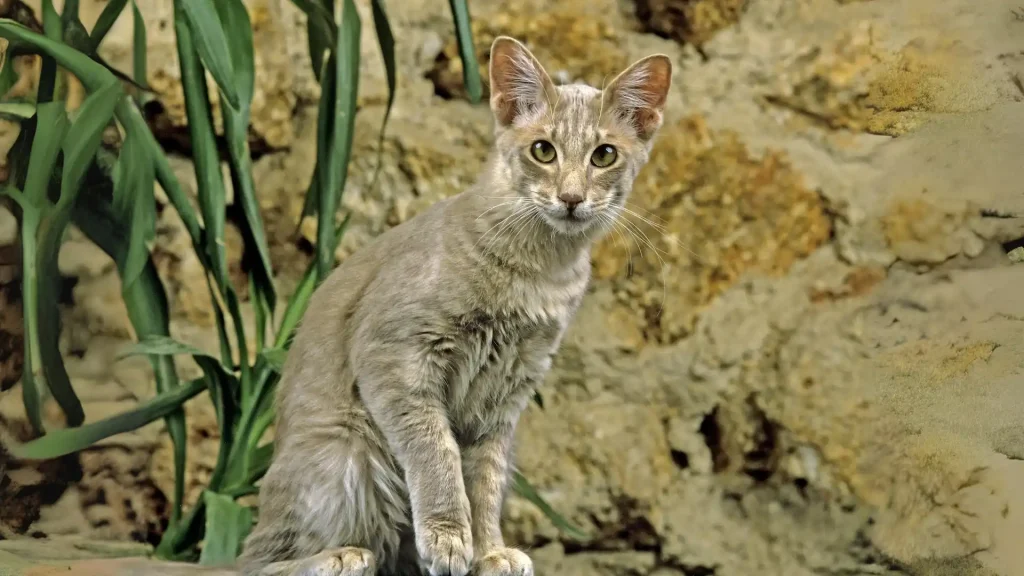When deciding to bring home an Oriental Longhair kitten, you face the choice of adopting or purchasing from a breeder. Each option offers unique benefits related to the certainty of the kitten's background and health. Purchasing from a breeder often provides more assurances about pedigree and health screenings, while adopting from a shelter gives a loving home to a cat in need.
| Criteria | Buying from Breeder | Adopting from Shelter/Rescue |
|---|---|---|
| Cost | Usually higher cost, reflecting purebred status and breeder care. | Lower adoption fees, often covering basic medical care. |
| Health History | Comprehensive health records and genetic testing usually available. | Health background might be unknown, but basic health checks are performed. |
| Age Availability | Typically kittens, letting you raise them young. | Cats of various ages, including adults and seniors, are usually available. |
| Temperament Insight | Breeders often share lineage temperament based on generations. | Shelter staff provide observed behaviors, though background may be unclear. |
| Supporting Practices | Supports controlled breeding when choosing ethical breeders. | Supports animal welfare by rescuing and rehoming cats in need. |
| Ethical Considerations | Depends on breeder ethics; responsible breeders avoid overbreeding. | Adoption reduces demand for commercial breeding, promoting rescue efforts. |

